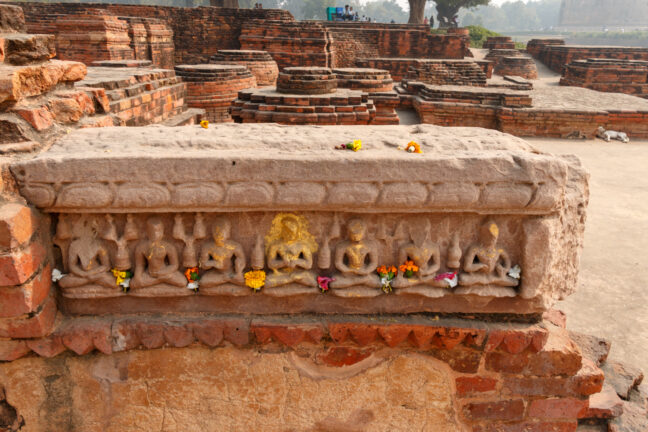Ahen I returned 'home' from India for the first time, I looked at my library and saw that almost nothing in it interested me anymore. What had happened? What is in this library and what is not?
My library is that of a philosopher and art historian who has taught in Europe and the USA. It contains many books that deal with the discourses of modernism and postmodernism - theoretically, historically, analytically, comparatively... Many of them deal with the topic of representation. What is depicted, for what purpose and in what context?
But in this structure of representation lies a fundamental misunderstanding, an evil. It is what Plato calls a lie. I can't eat the painted apple. The still life serves reflection. However, what I take as the object of reflection is an image, a representation, and stands for something else that is 'truer'. So why, I ask myself, concern myself with representation?
Buddha
This question came to a head for me when I read Sri Aurobindo. For him, art is essentially devotion (bhakti):
"Not only the face, the eyes, the pose but the whole body and every curve and every detail aid in the effect and seem to be concentrated into the essence of absolute adoration, submission, ecstasy, love tenderness which is the Indian ideal of bhakti. These are not figures of devotees. But of the very personality of devotion. [...] Yet while the Indian mind is sized and penetrated to the very roots of its living and embodied ecstasy, it is quite possible that the Occidental, not trained in the same spiritual culture, would miss entirely the meaning of the image and might only see a man praying." (Sri Aurobindo on Indian Art)
Plato's caveman left the movie theater when he/she was freed by the philosopher. She turned around and left. My library is now in a place where I no longer live.








